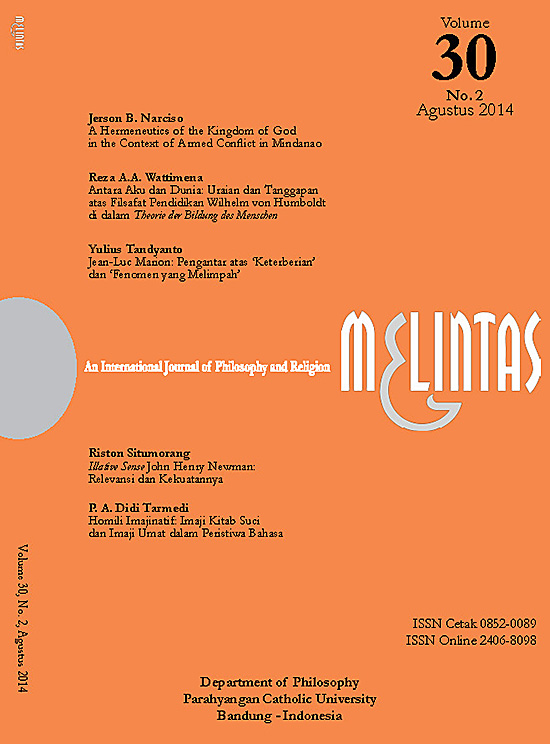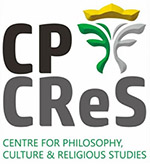Antara Aku dan Dunia: Uraian dan Tanggapan atas Filsafat Pendidikan Wilhelm von Humboldt di dalam Theorie der Bildung des Menschen
DOI:
https://doi.org/10.26593/mel.v30i2.1287.154-168Abstract
Wilhelm von Humboldt has put the foundation of Germany’s educational system. He emphasizes the importance of integrity in term of individual personality. Through education, one can develop one’s integrity and personality. The basis of this integrity is human freedom, that is, the freedom to decide one’s own worldview according to one’s choices in life. With this freedom, human is fashioned through the process of education to develop his/her intellectual knowledge, conscience and skills to work in life. One then can contribute genuinely to the development of one’s neighbourhood and society. However, Humboldt’s theory of education needs some critical remarks as well. Without bold conscience the concept of integrity and personality might be twisted into a justification of self-importance. Germany had its own criticism concerning this arrogance during the World War II. Apart from that, when interpreted and applied critically, Humboldt’s ideas of education may contribute a great deal to the development of educational system as well as philosophy of education in Indonesia.
Downloads
Published
Issue
Section
License
Copyright (c) 2014 Reza A.A. Wattimena

This work is licensed under a Creative Commons Attribution-NonCommercial 4.0 International License.
MELINTAS applies the Creative Commons Attribution (CC BY NC) license to articles and other works we publish. If you submit your paper for publication by MELINTAS, you agree to have the CC BY NC license applied to your work.


